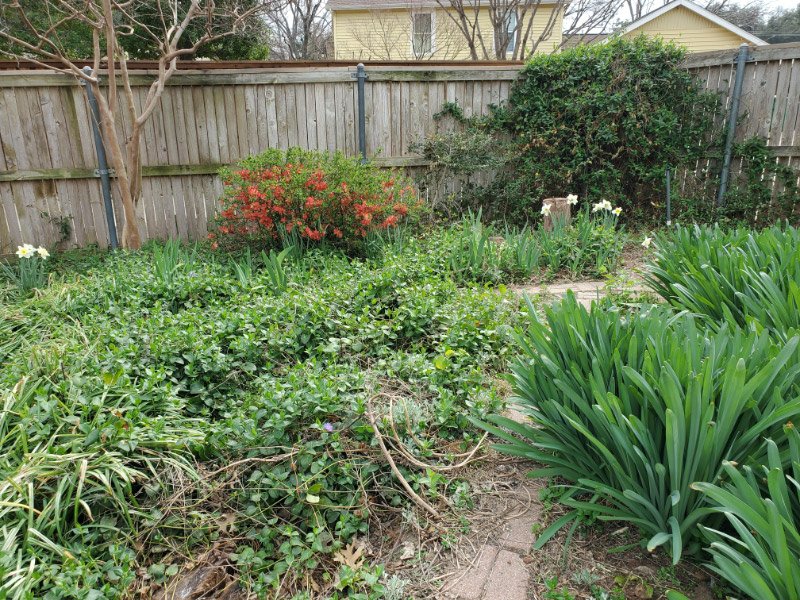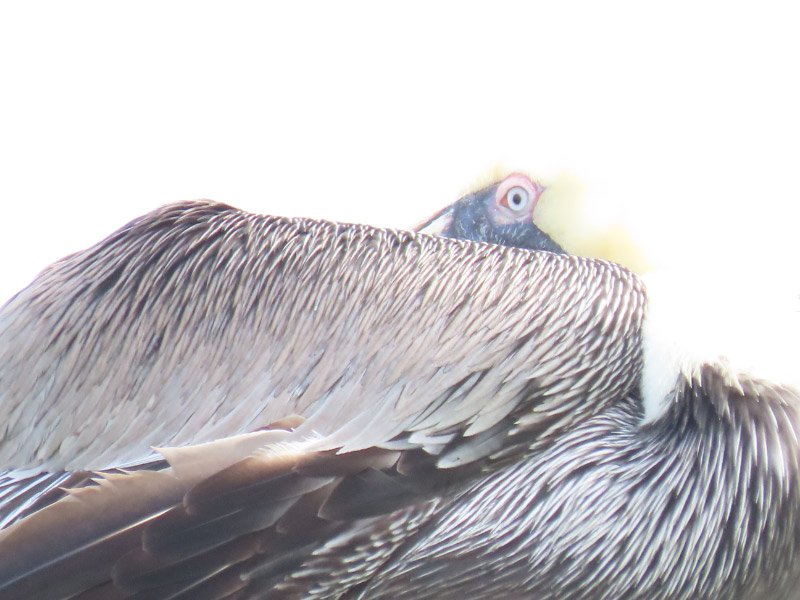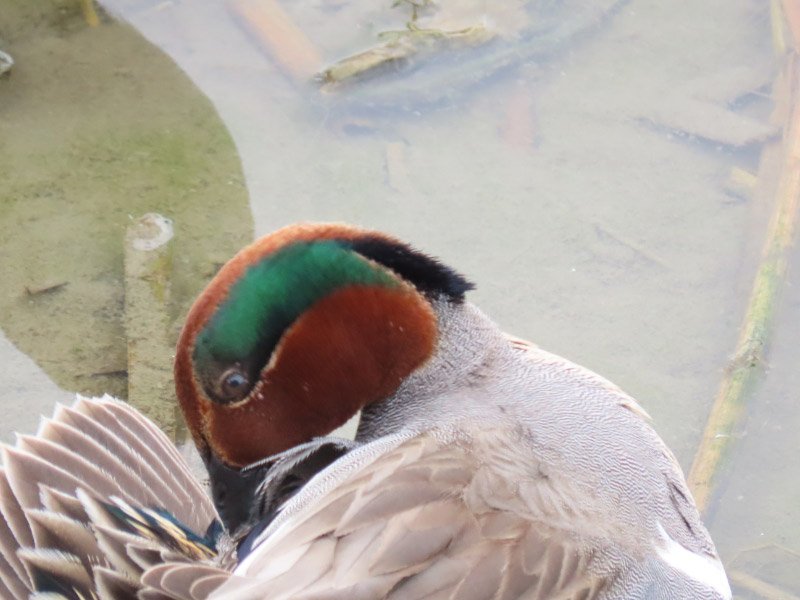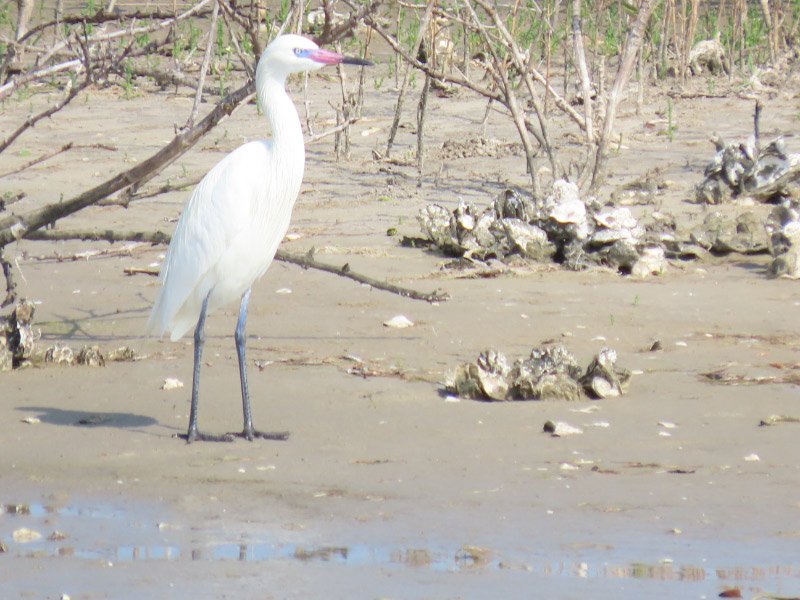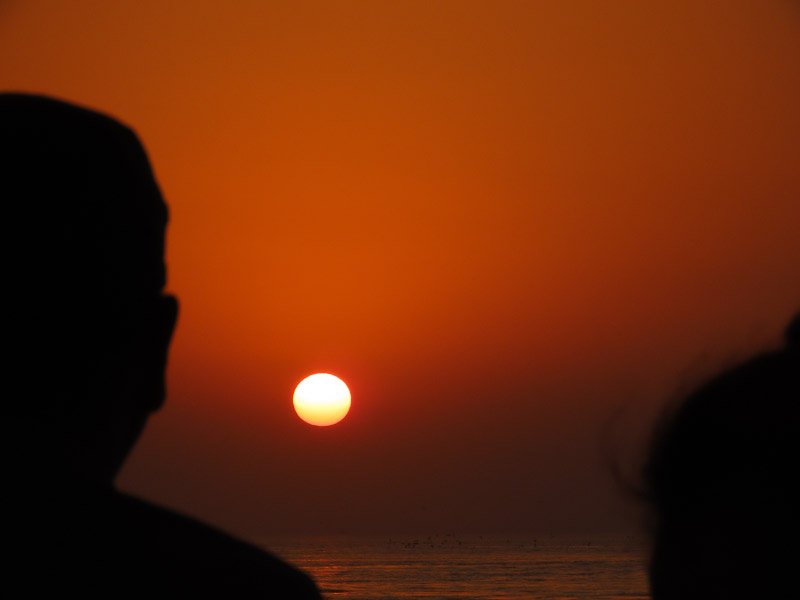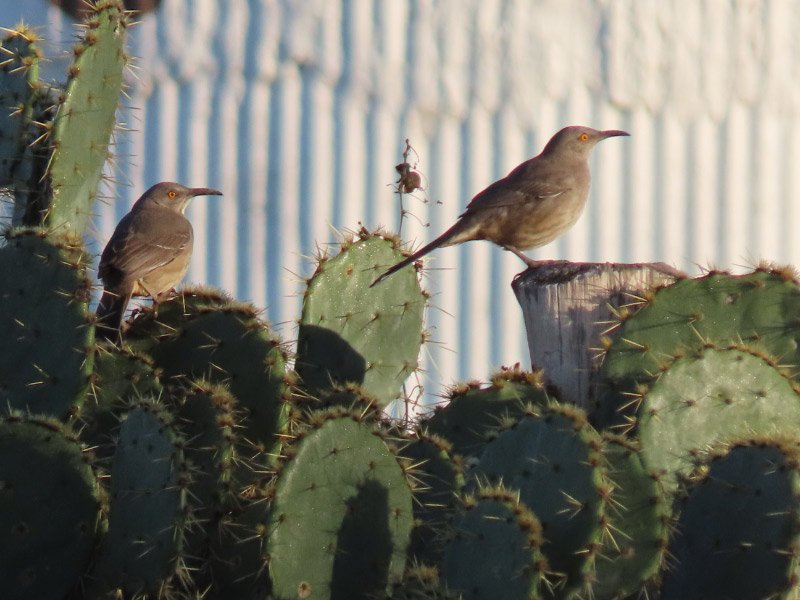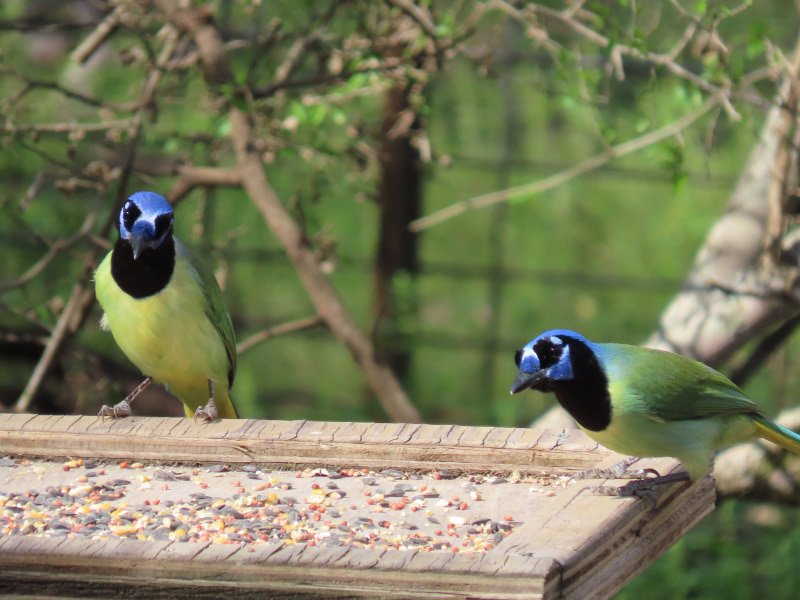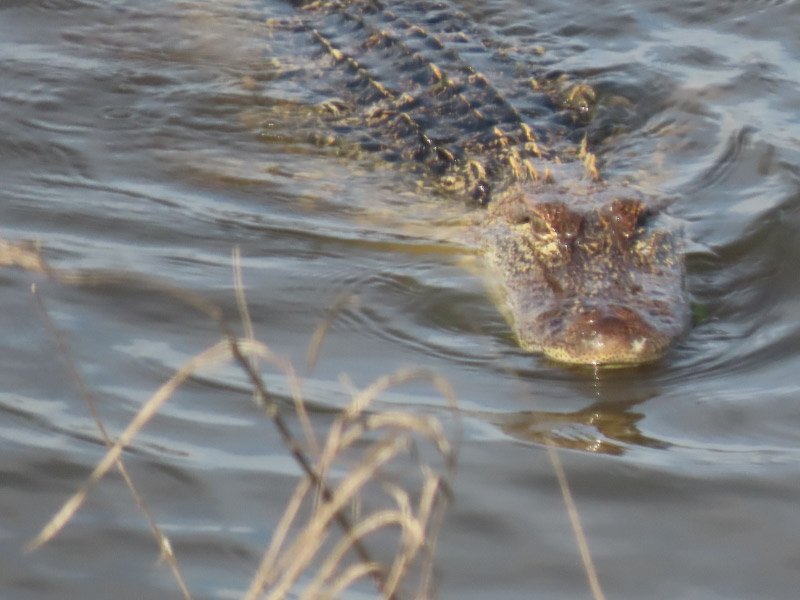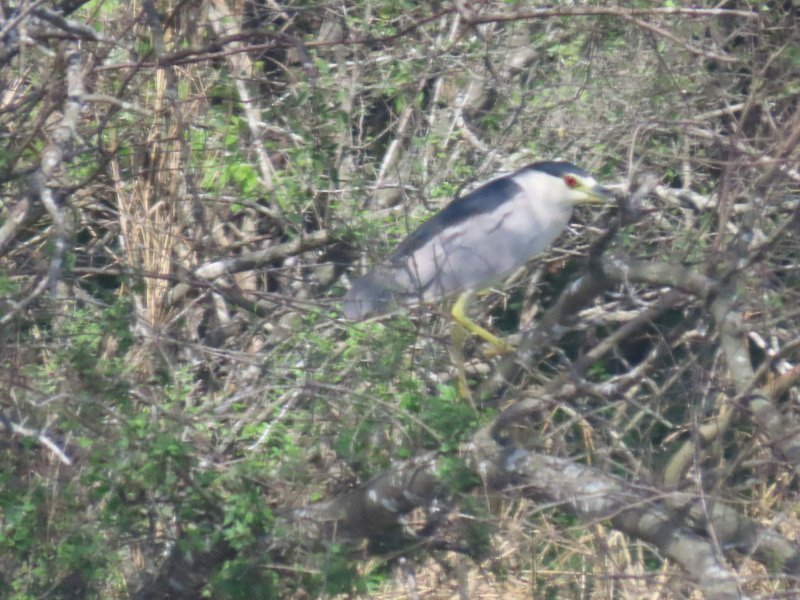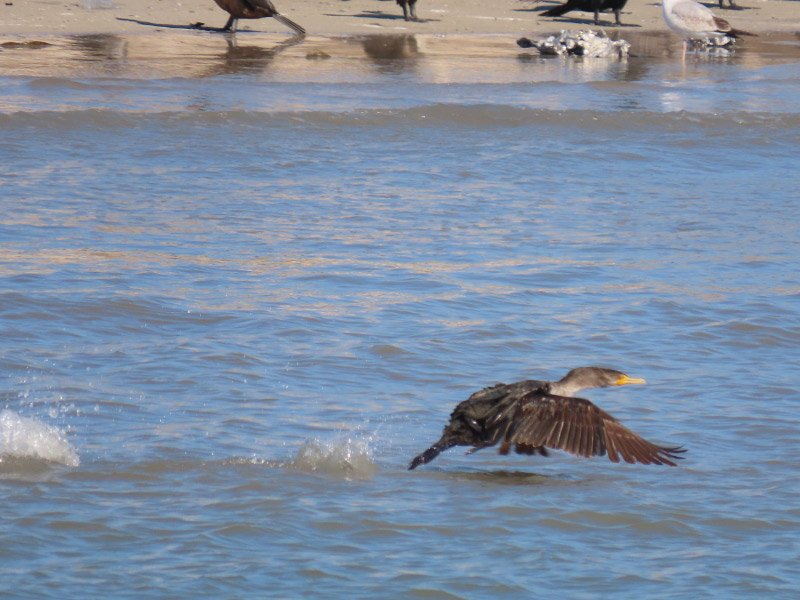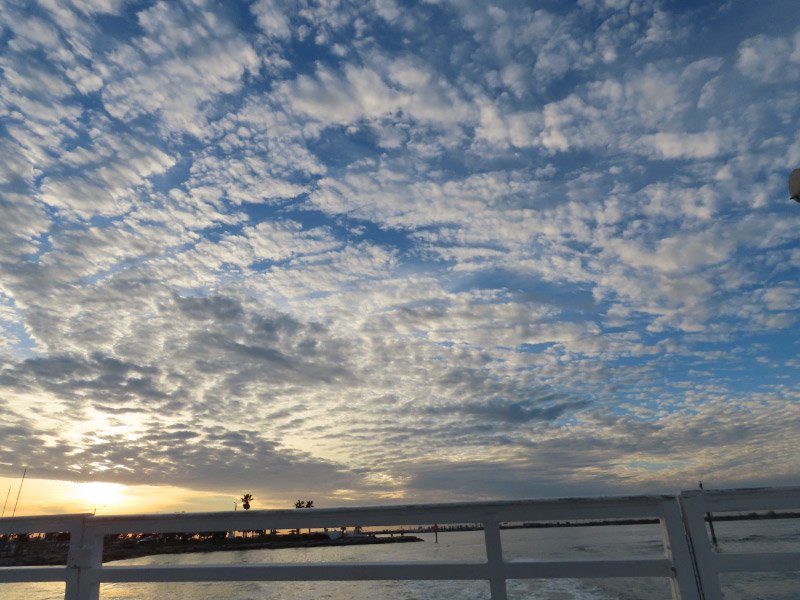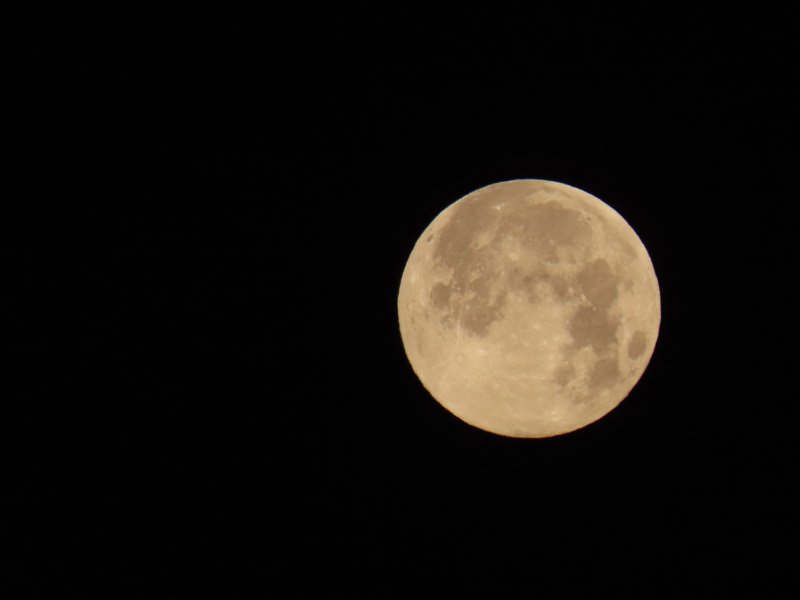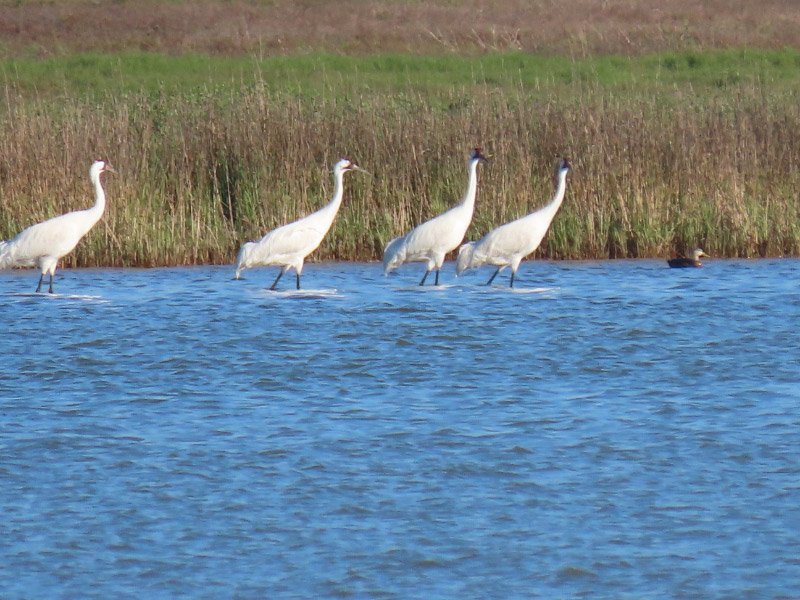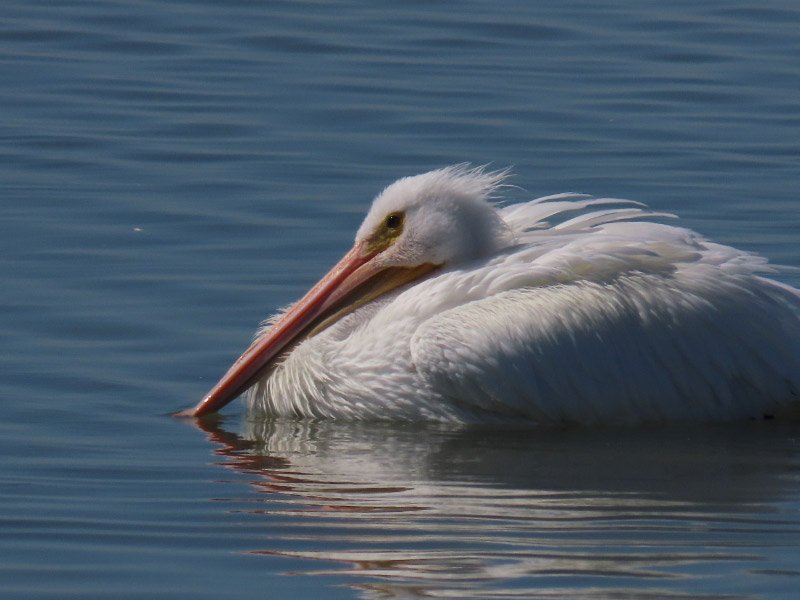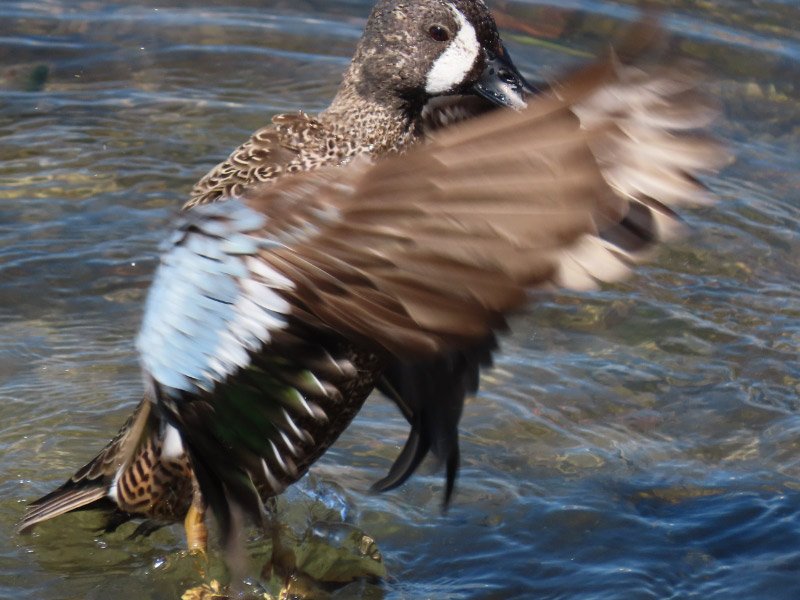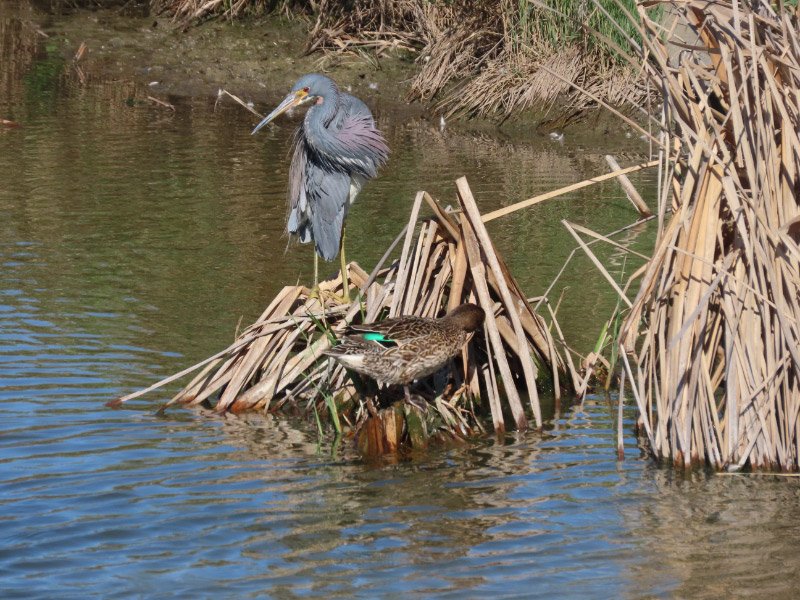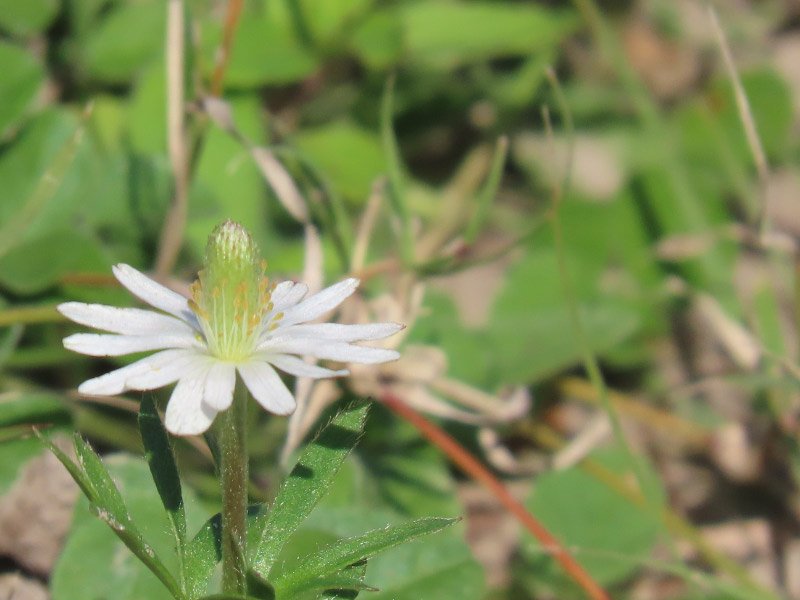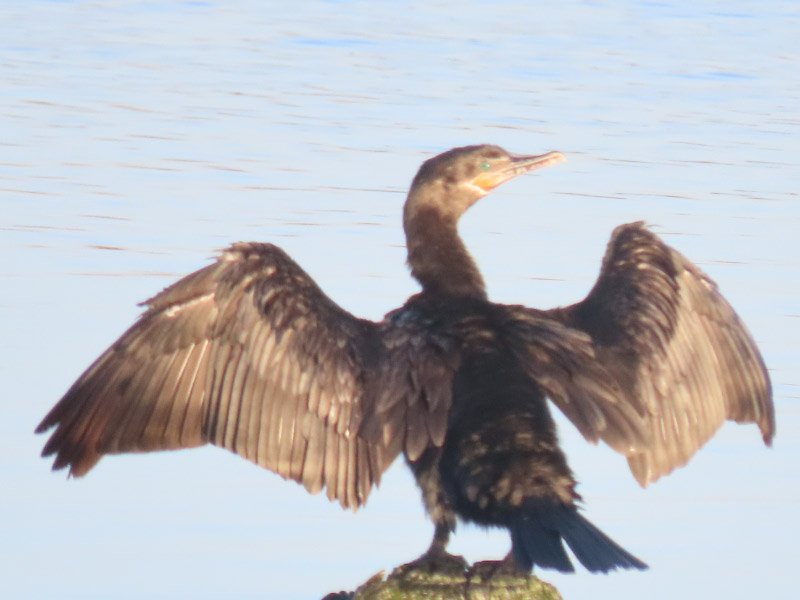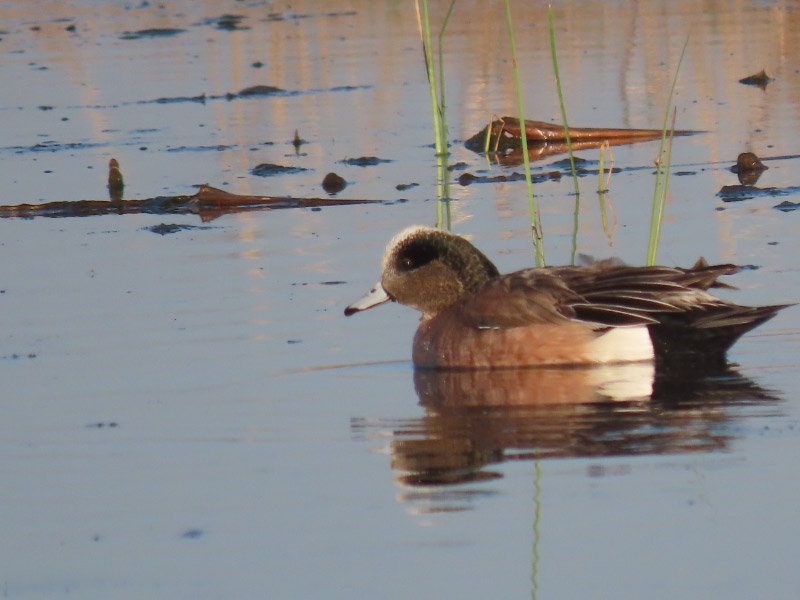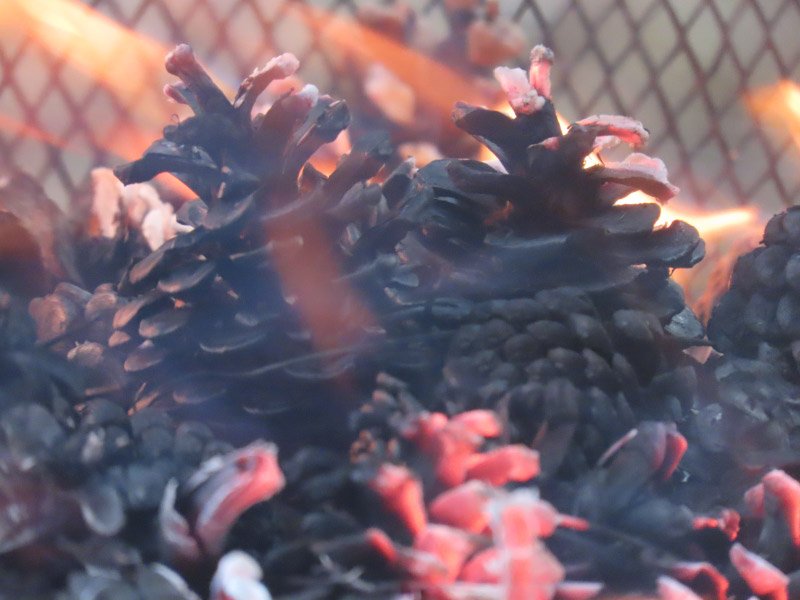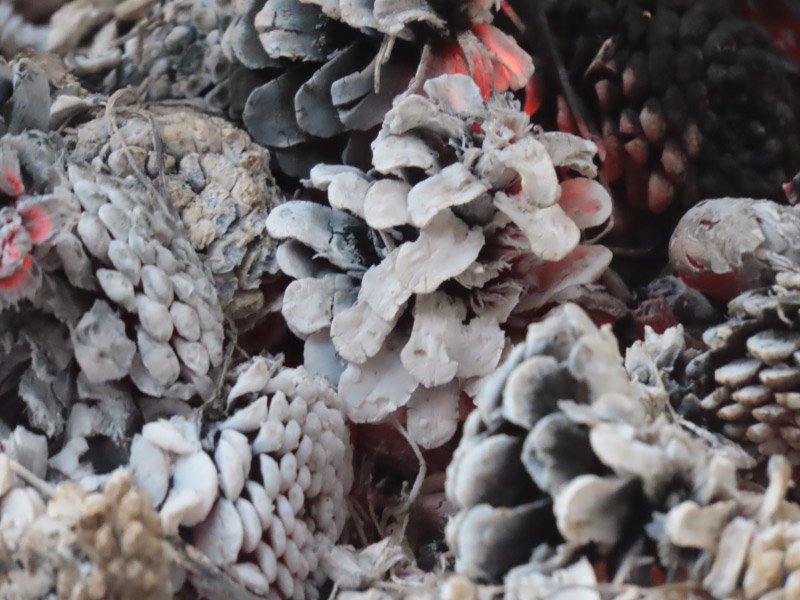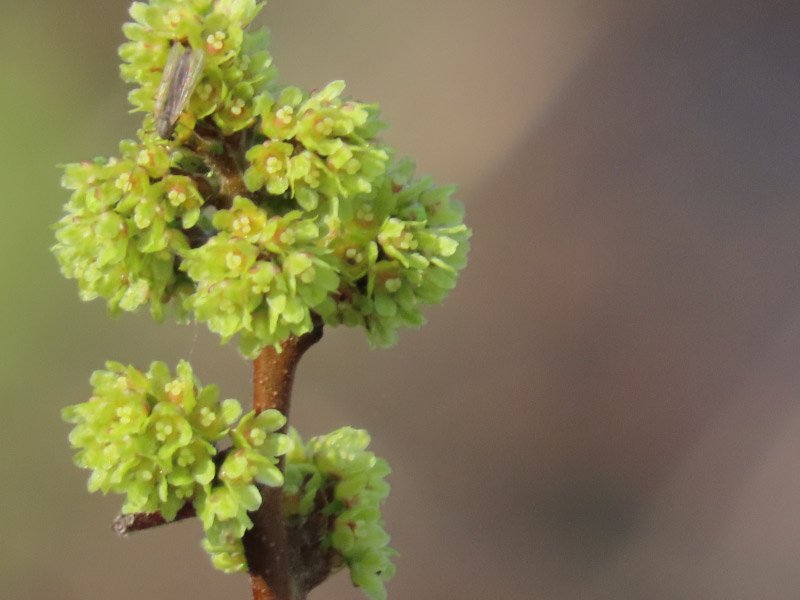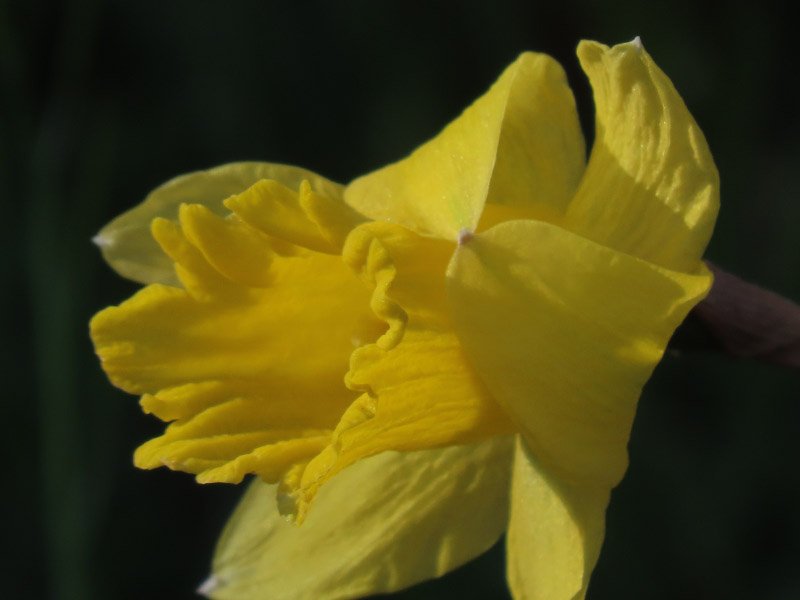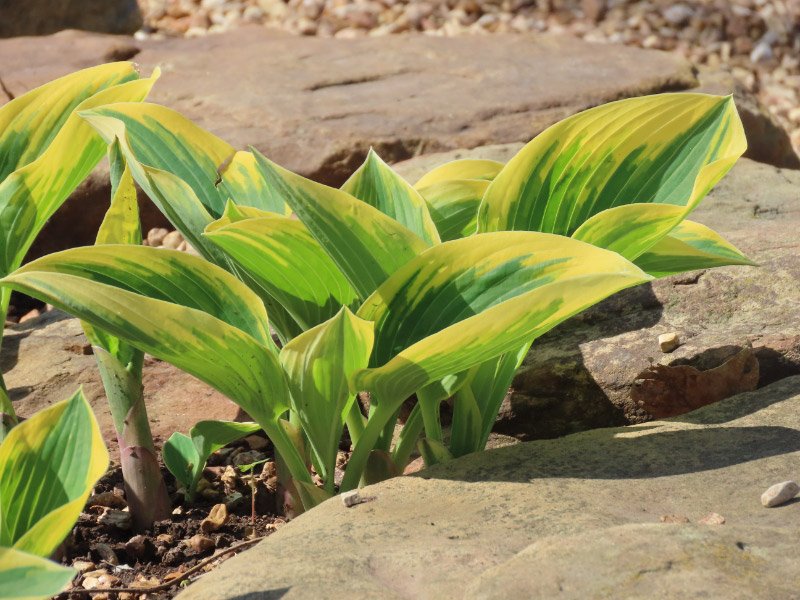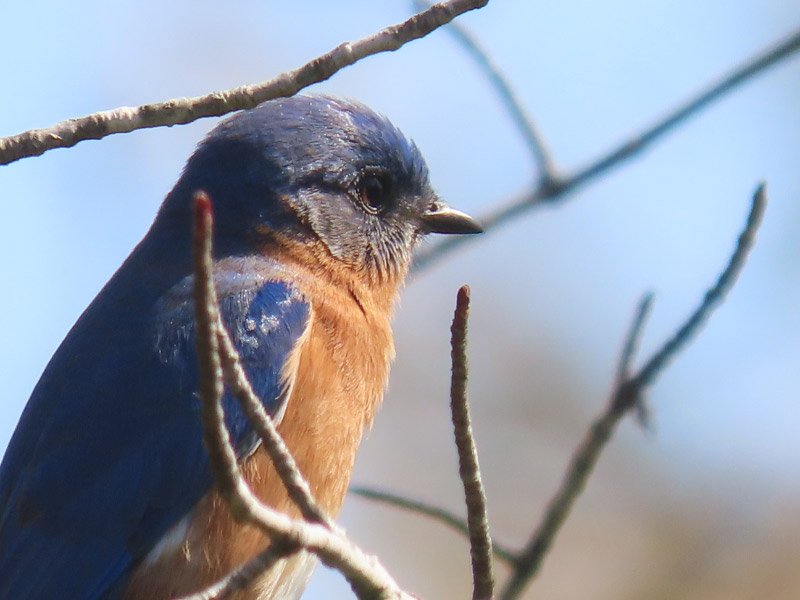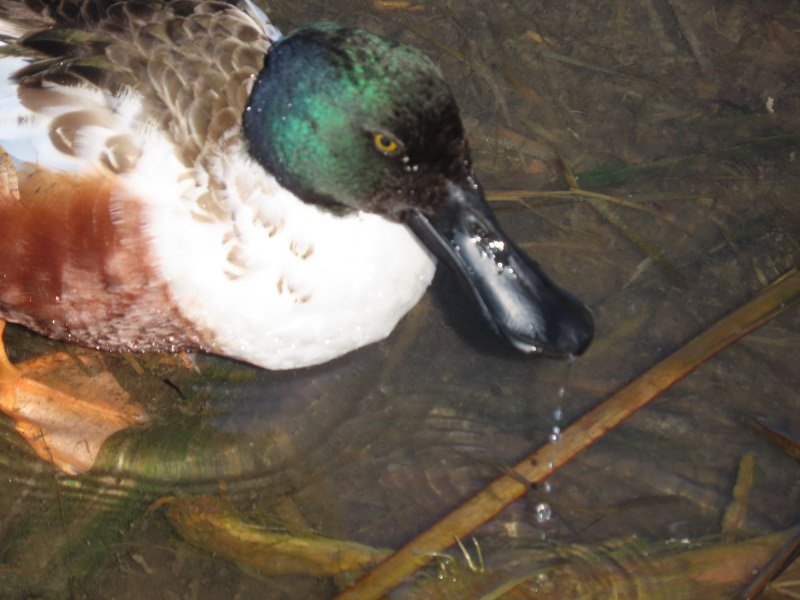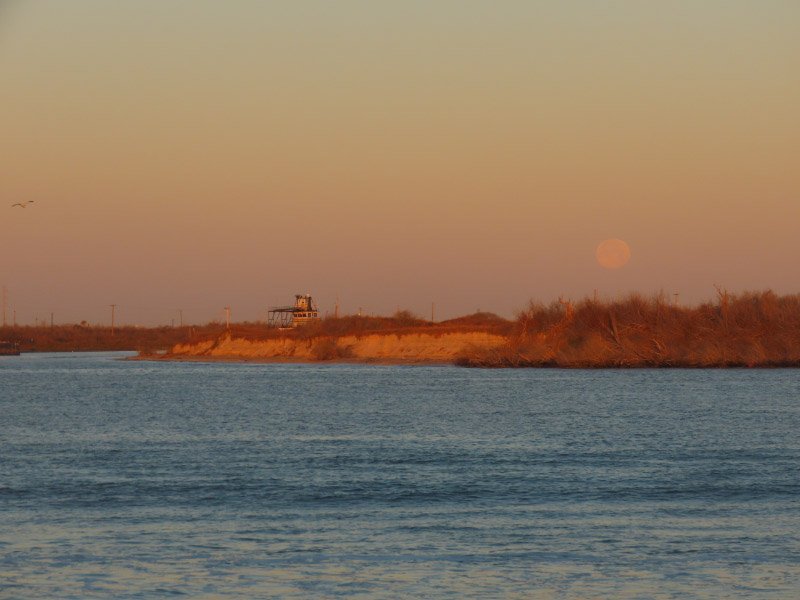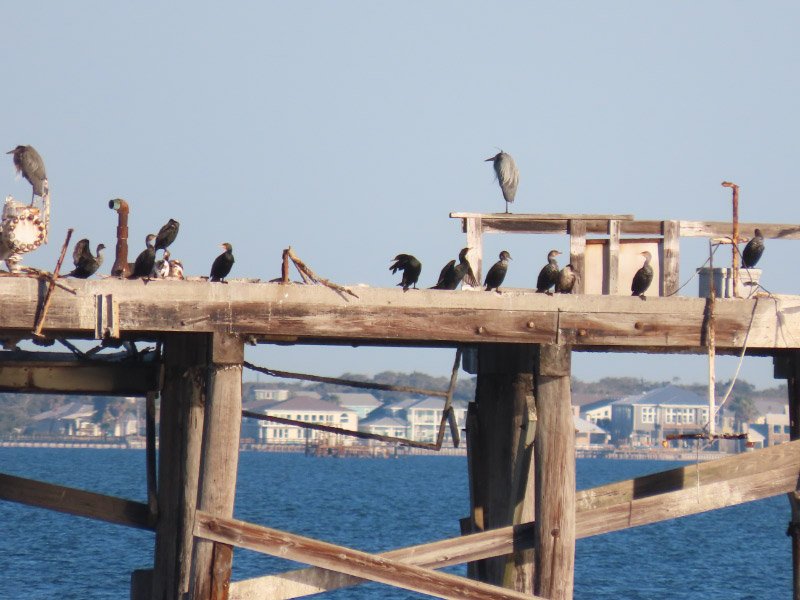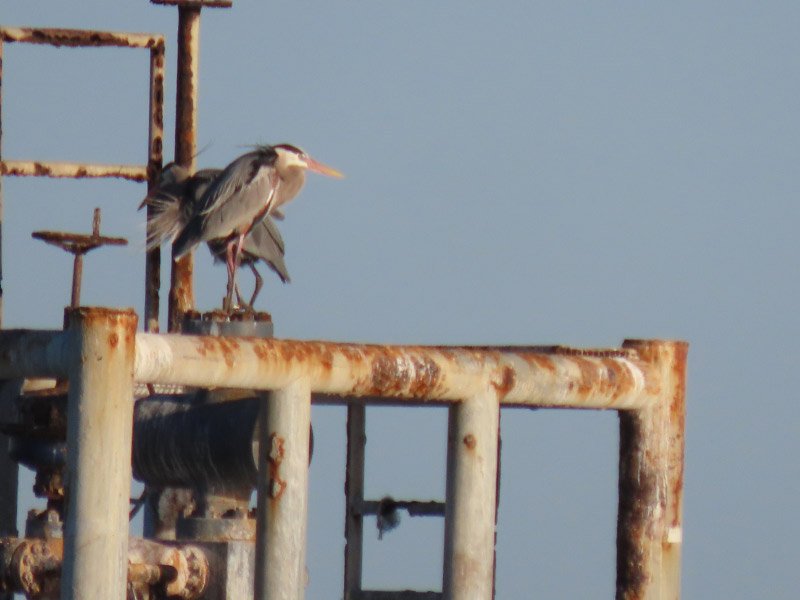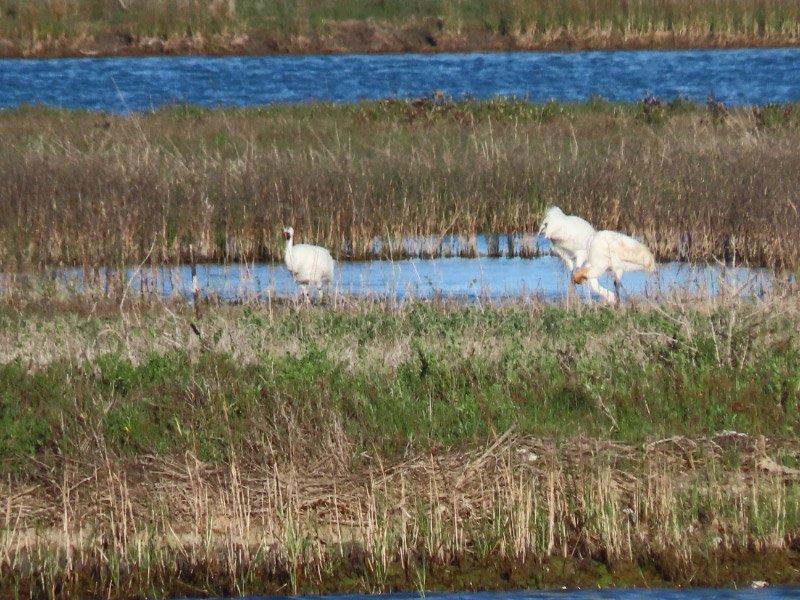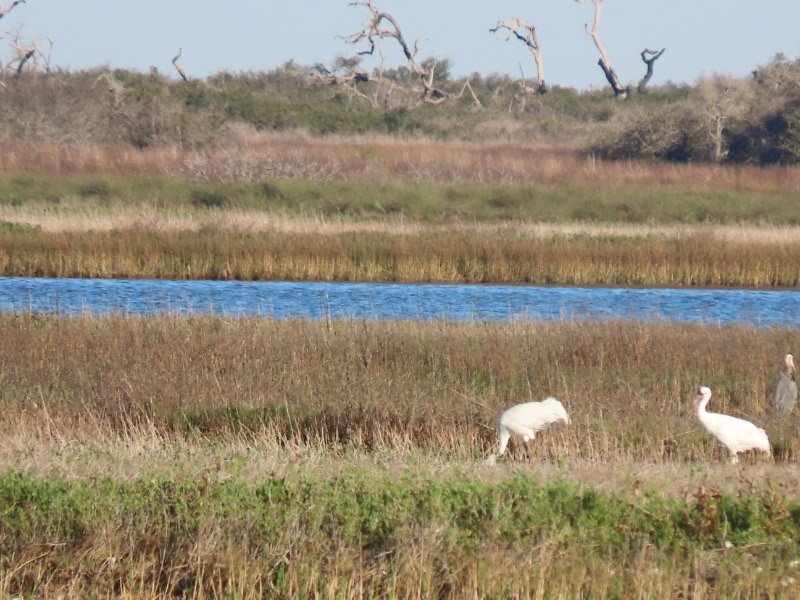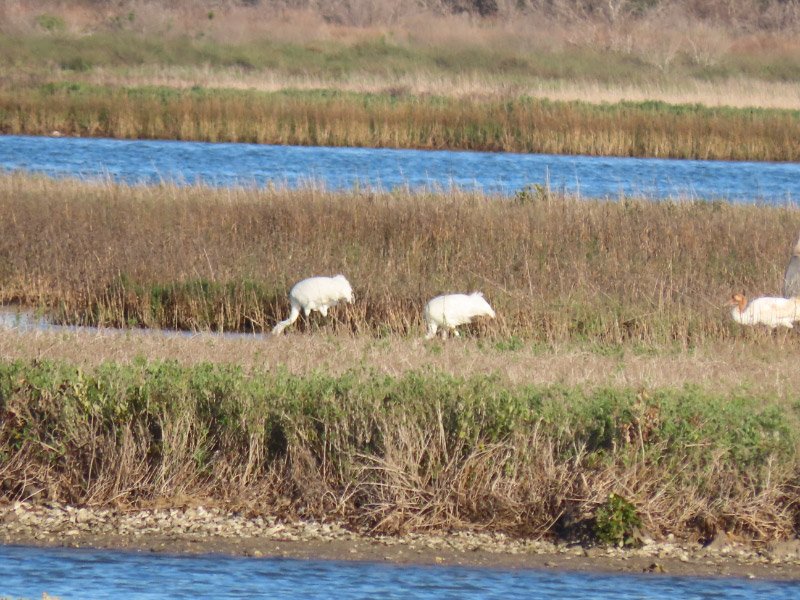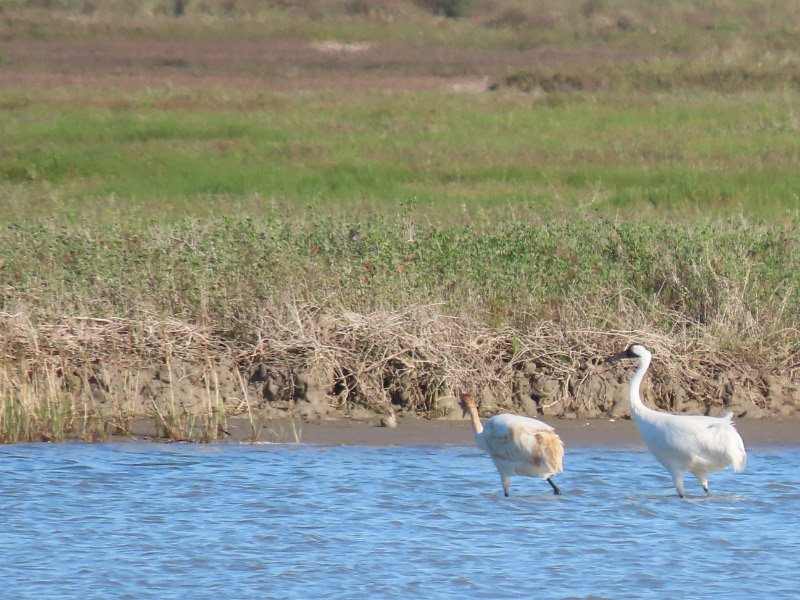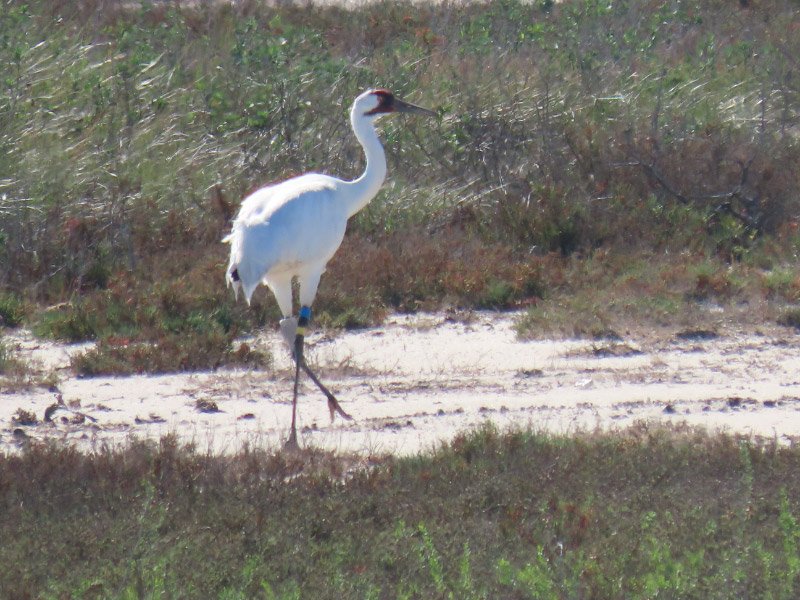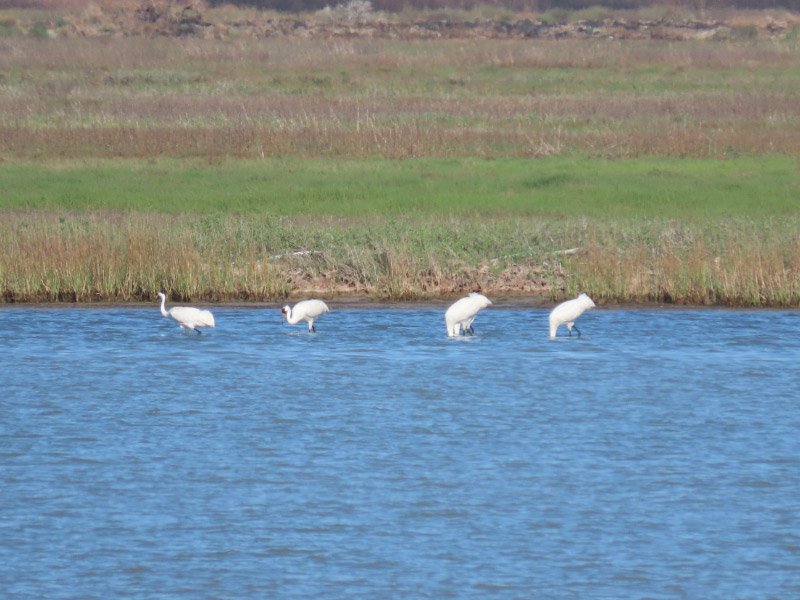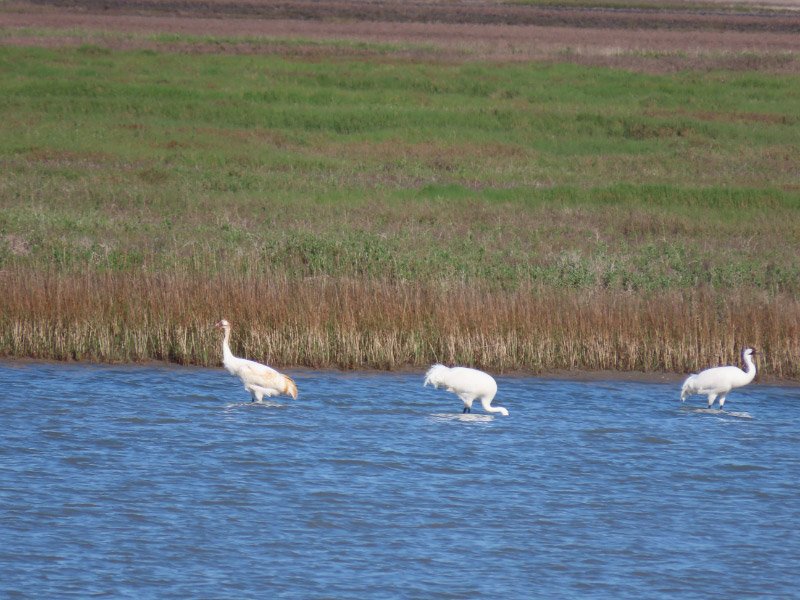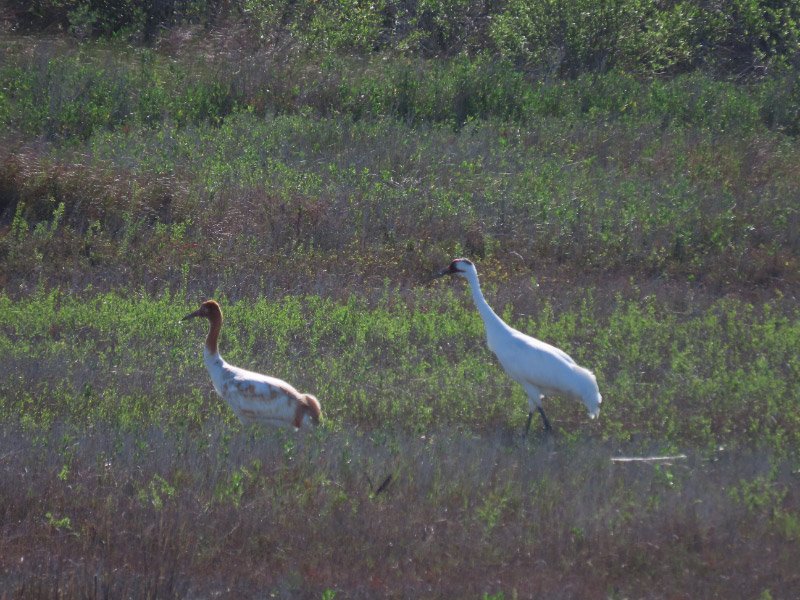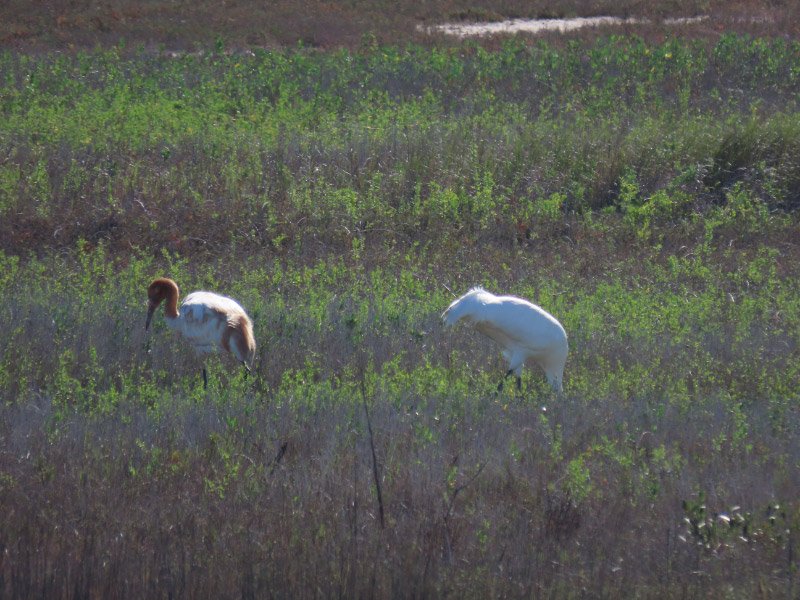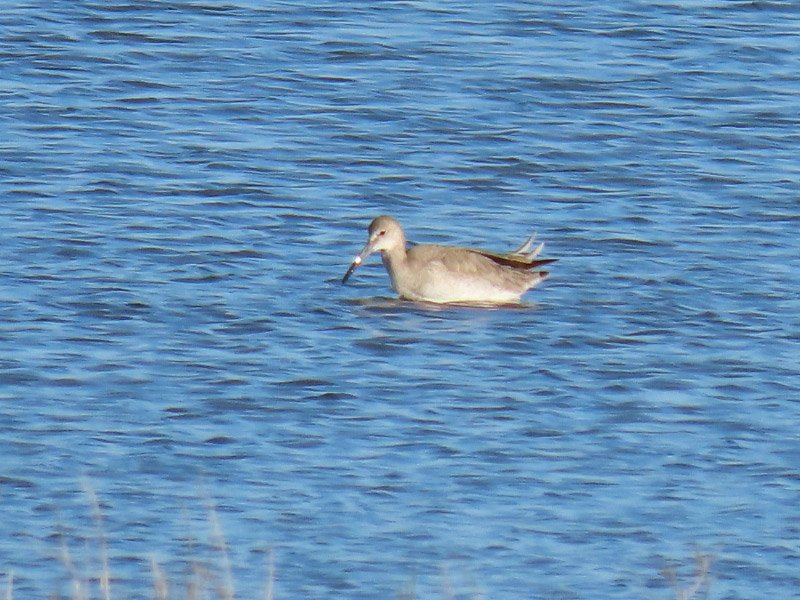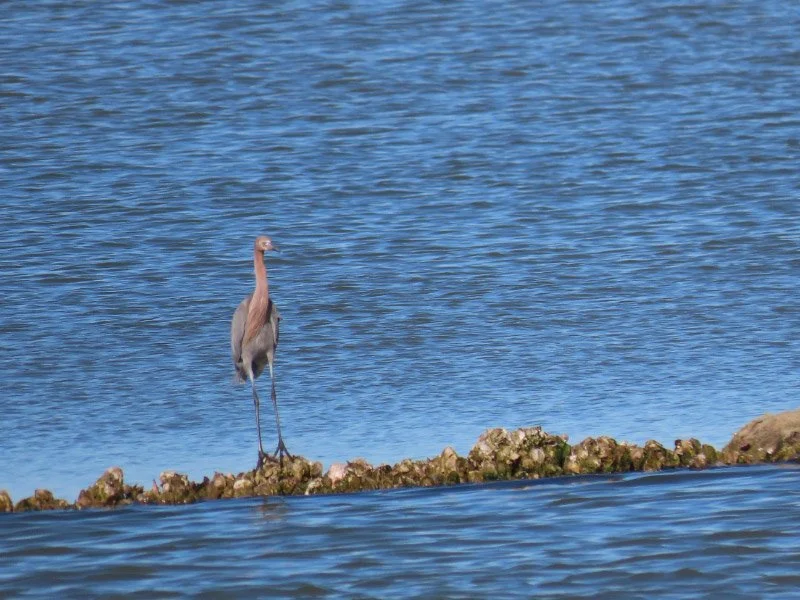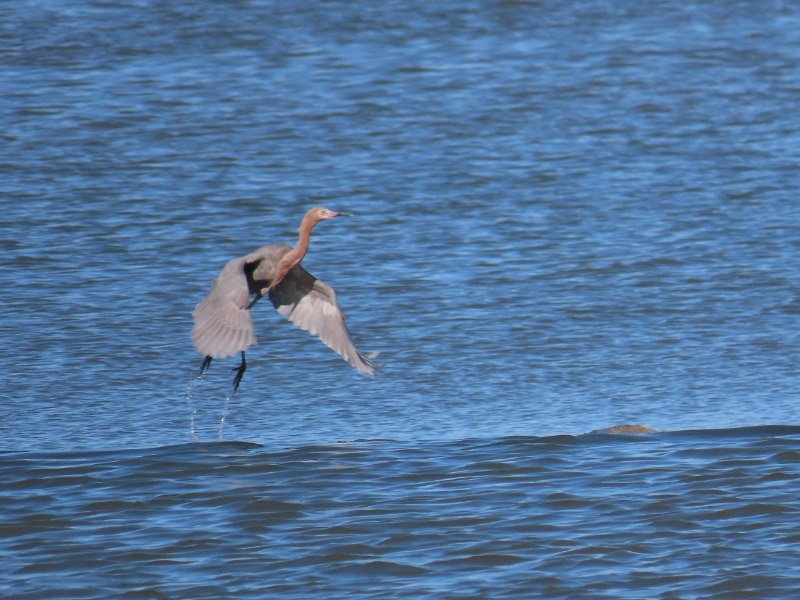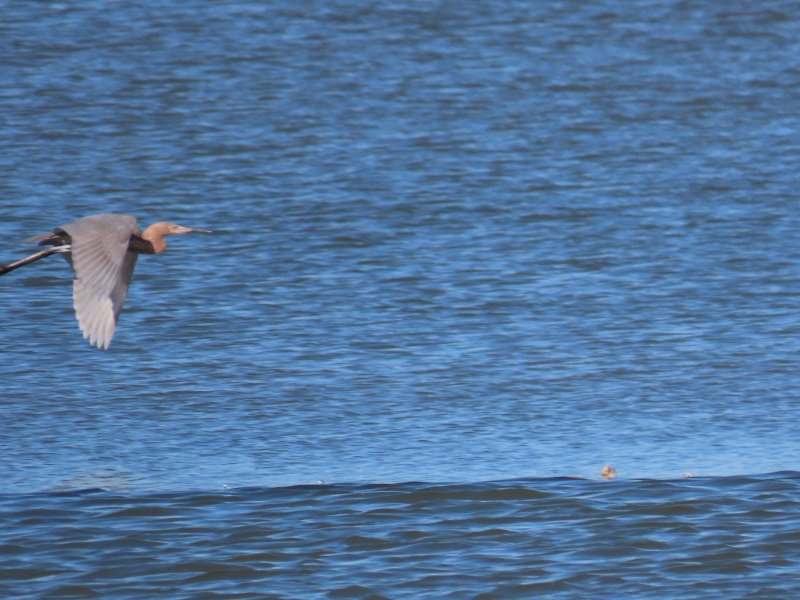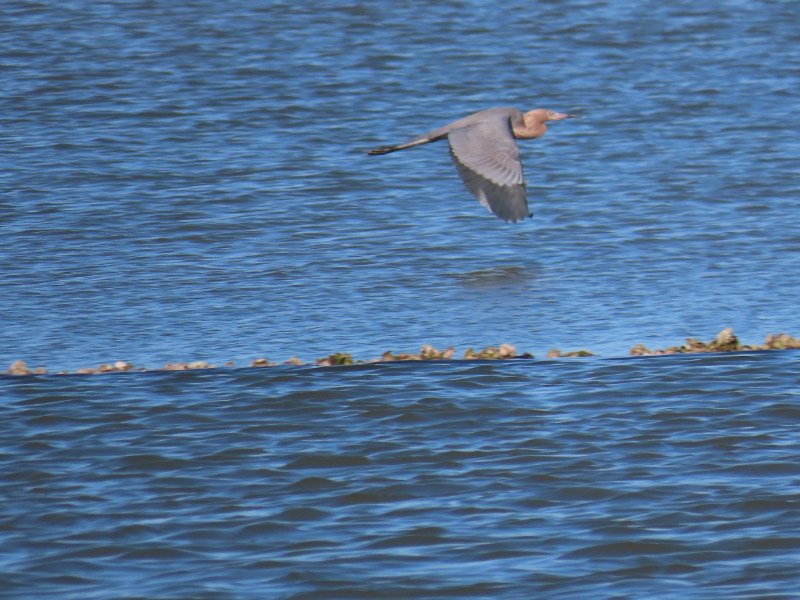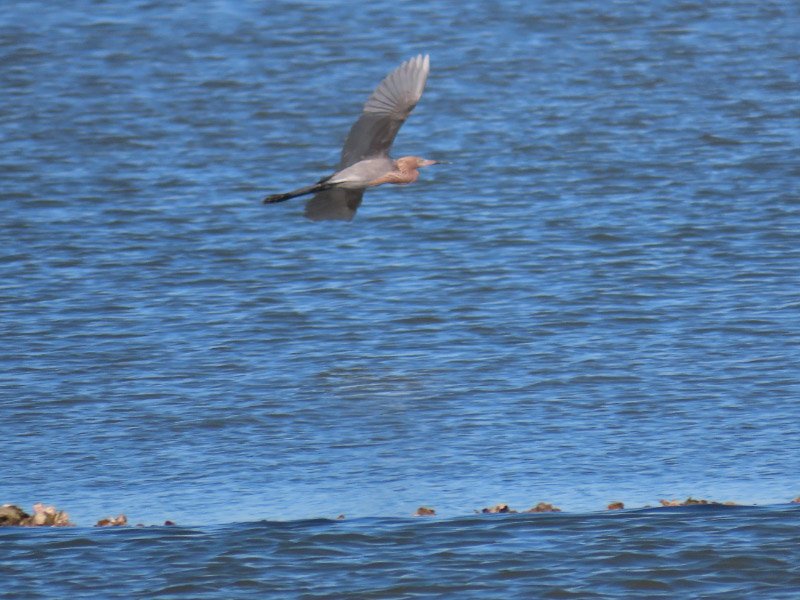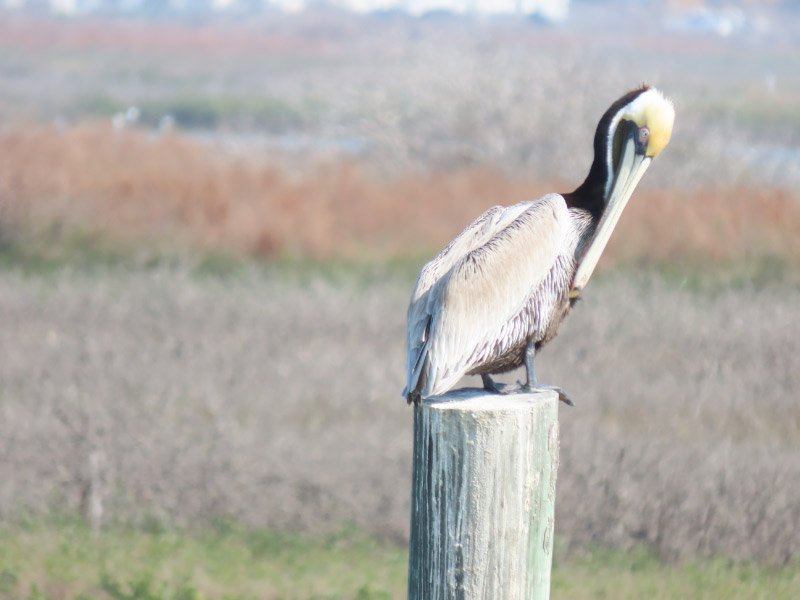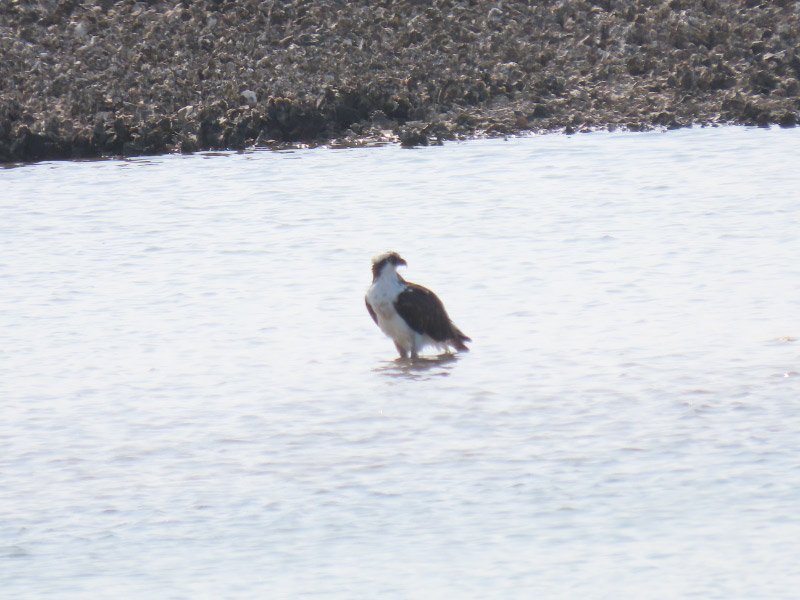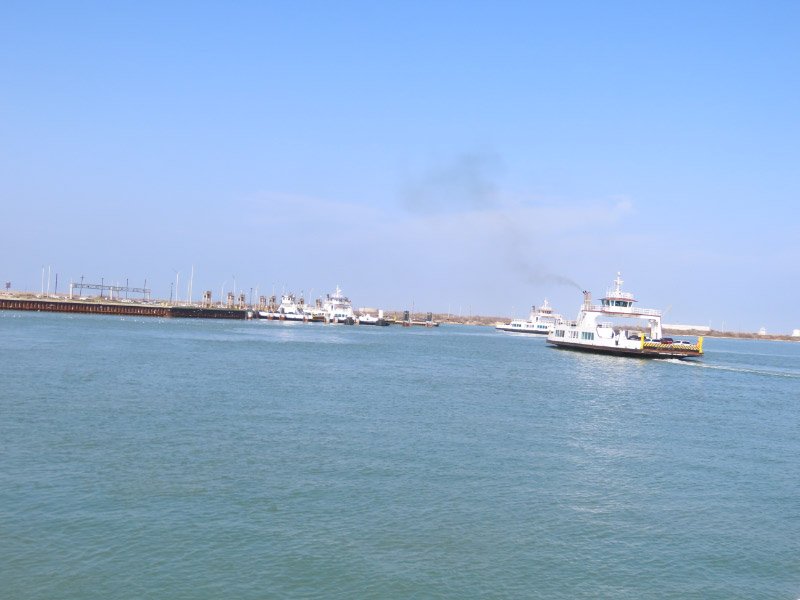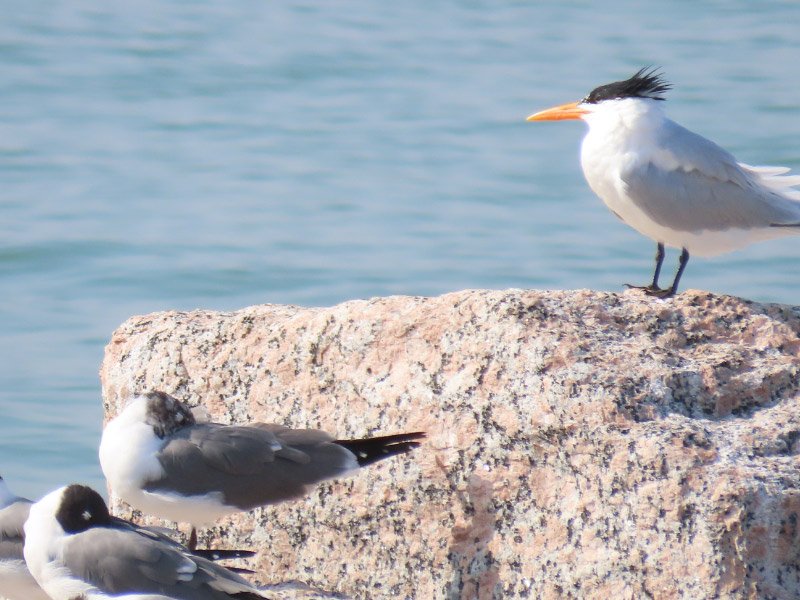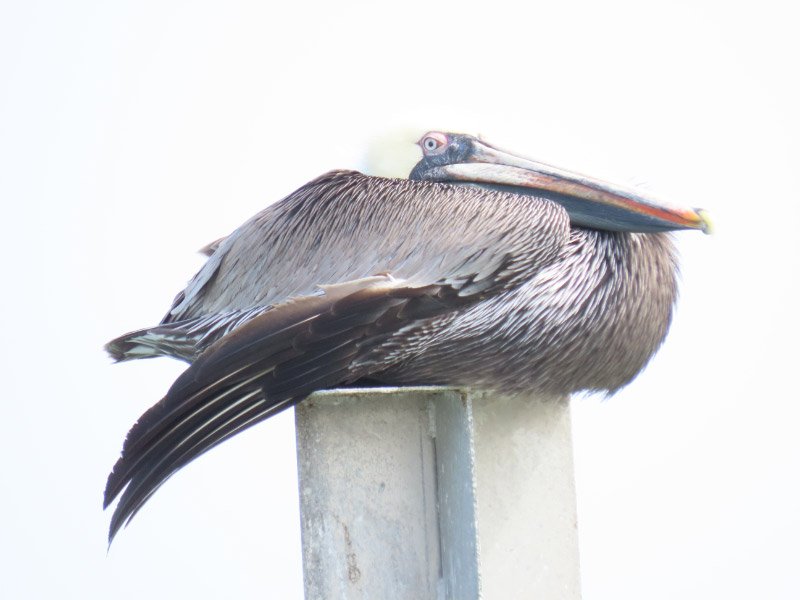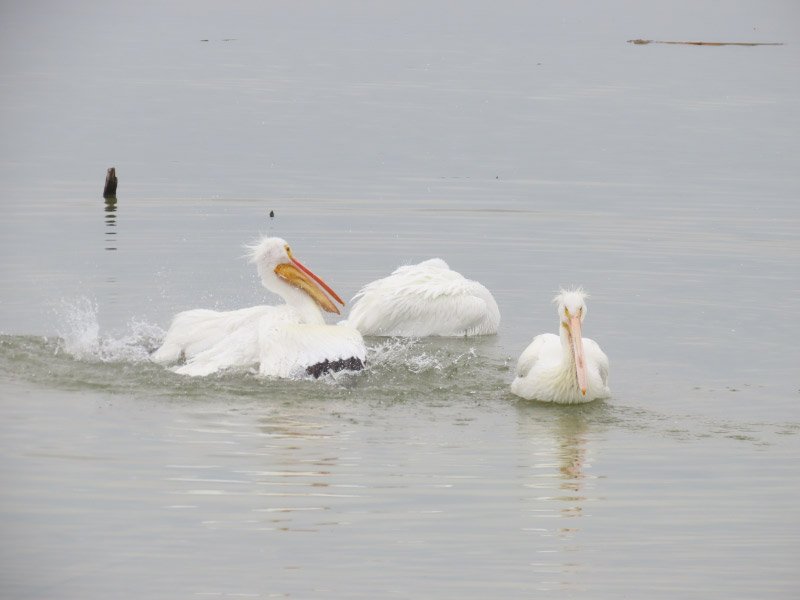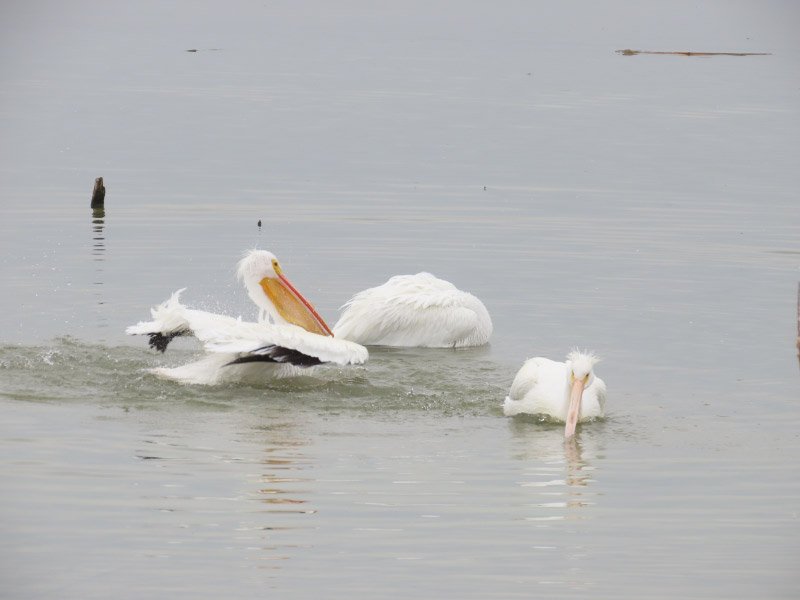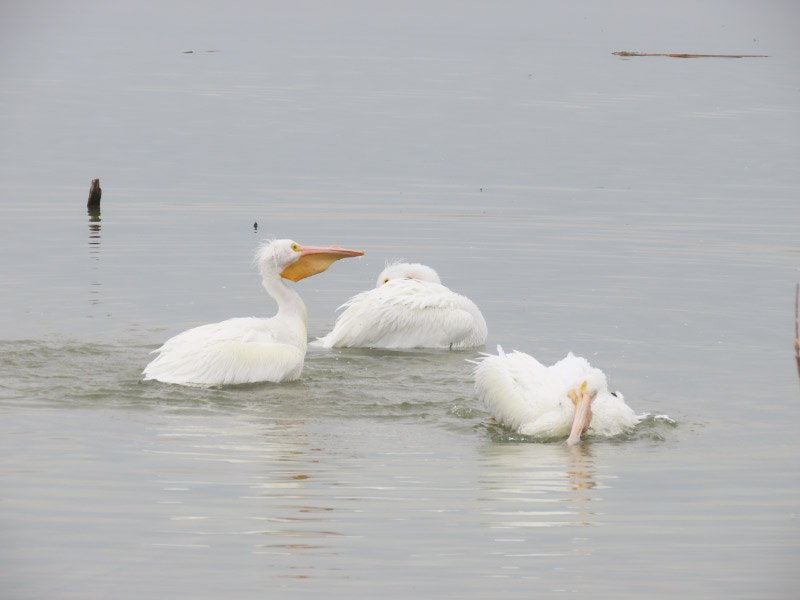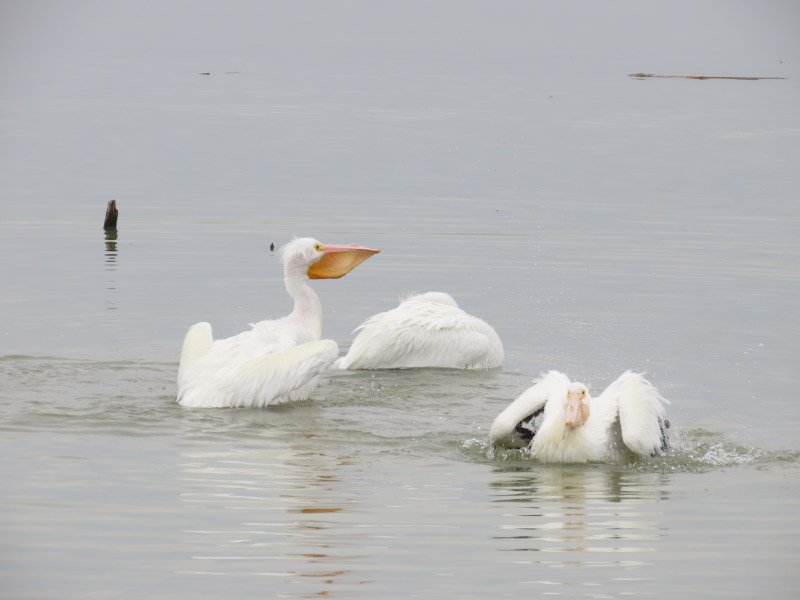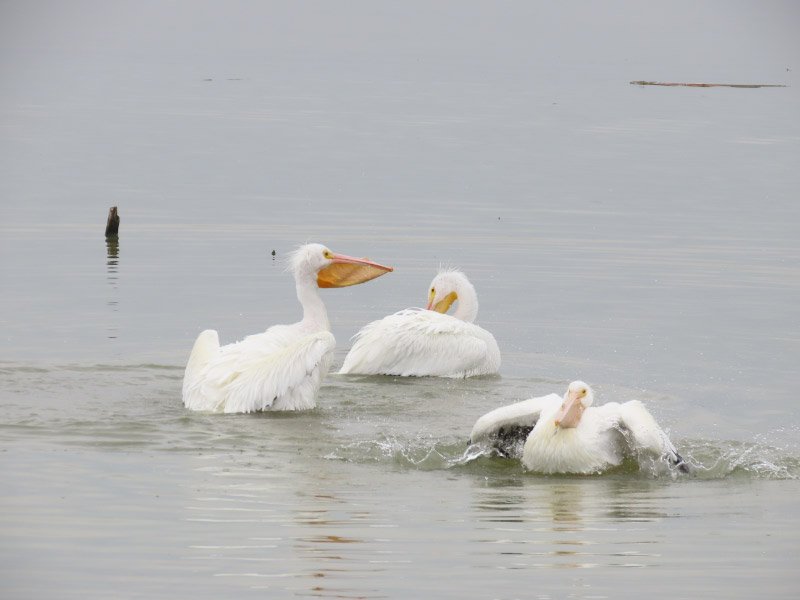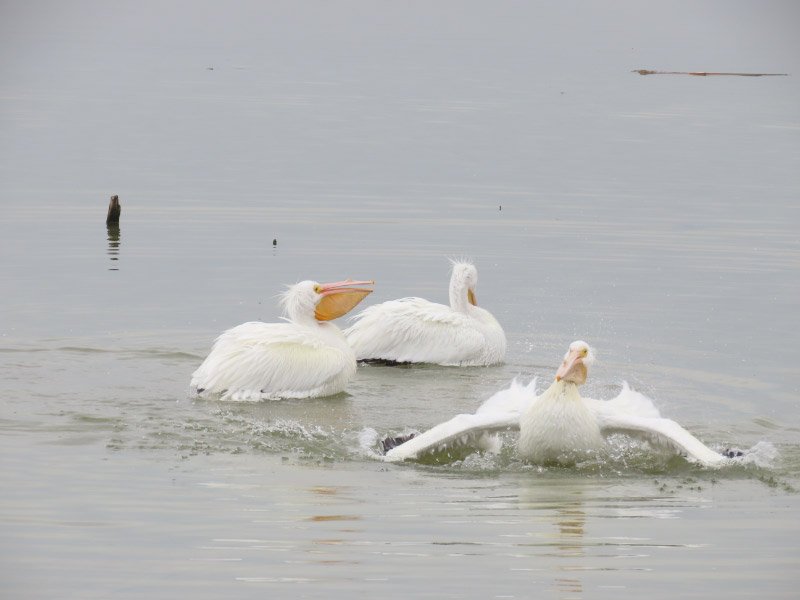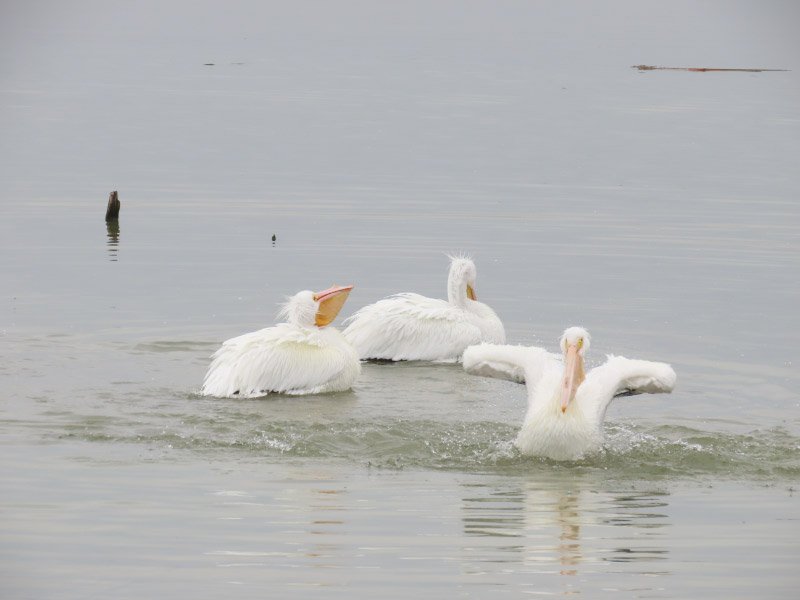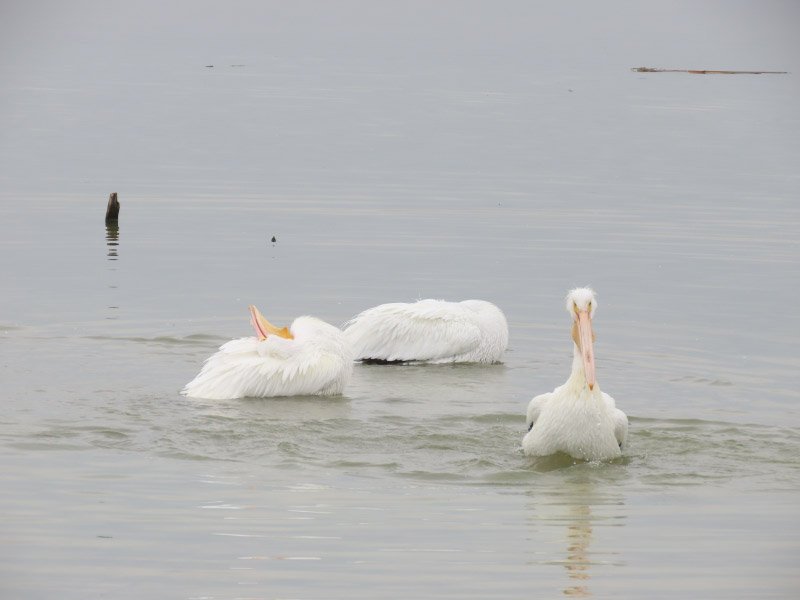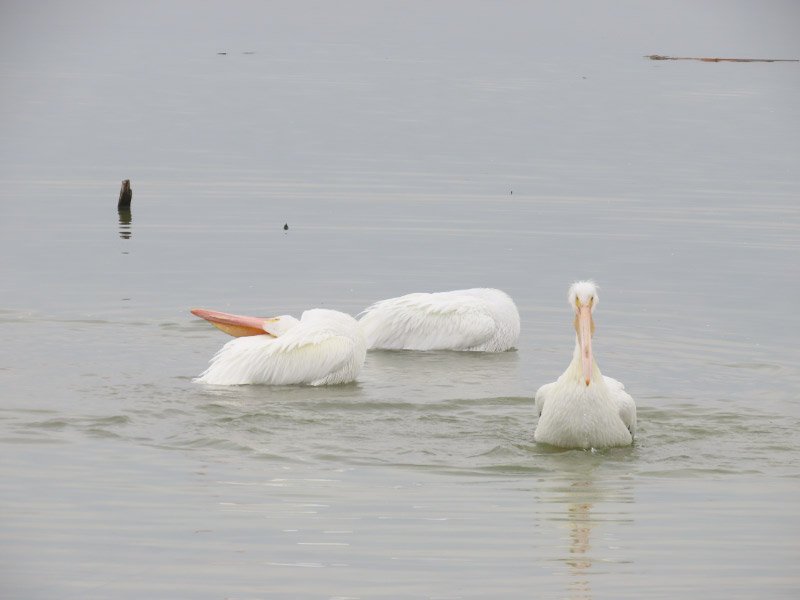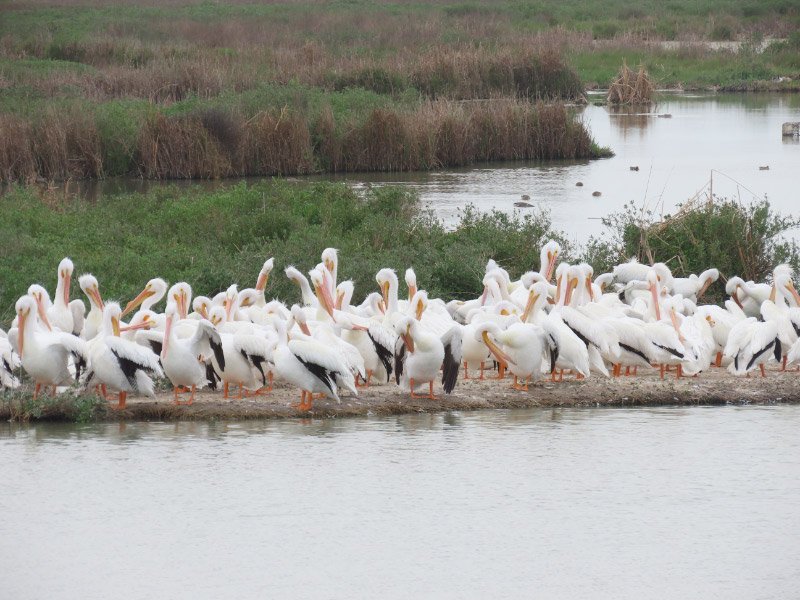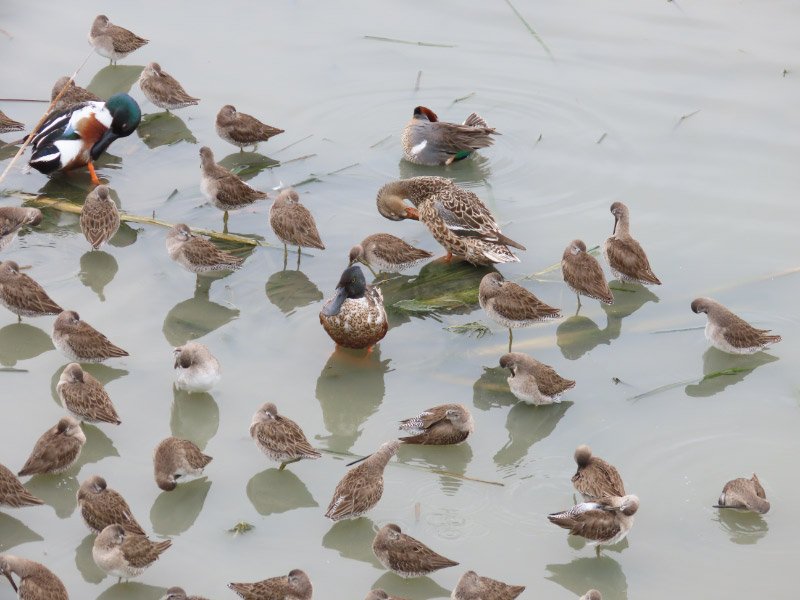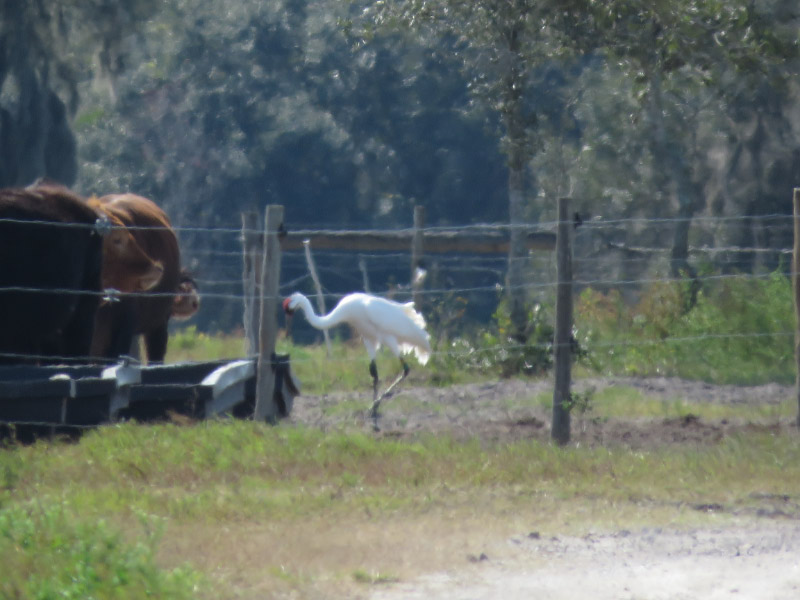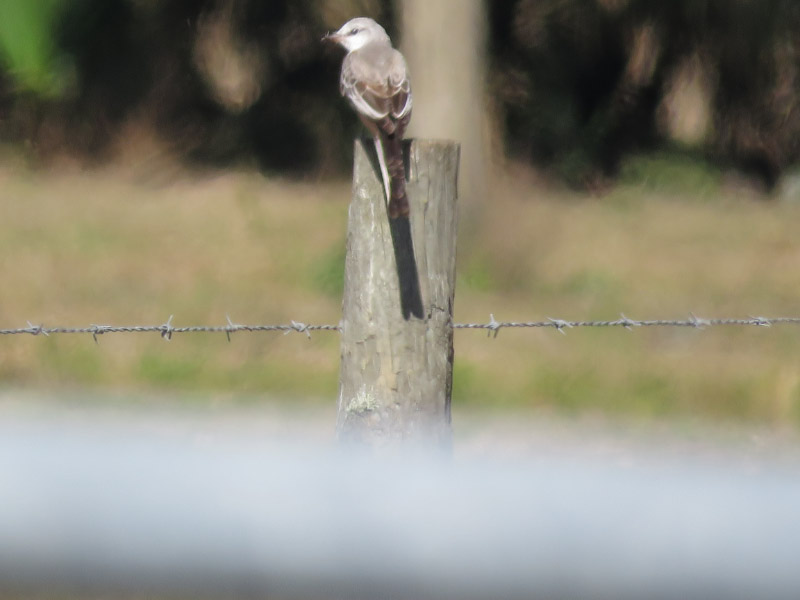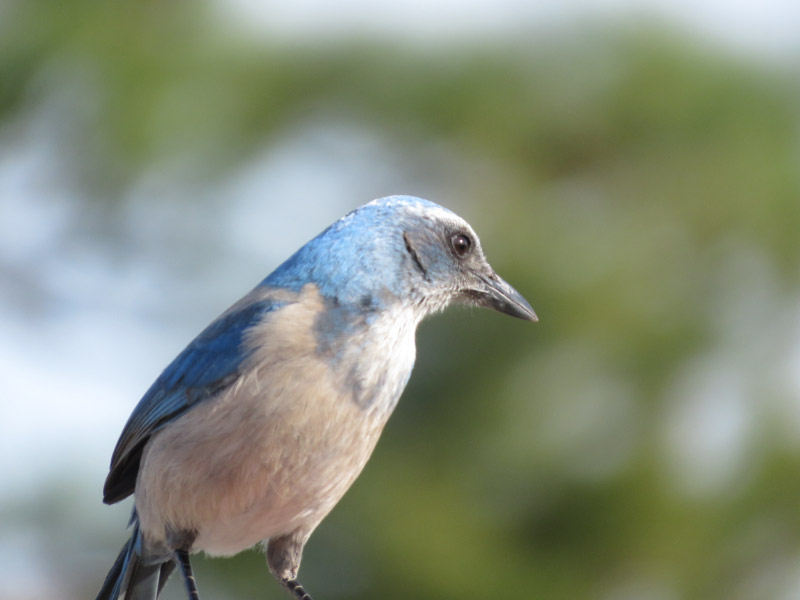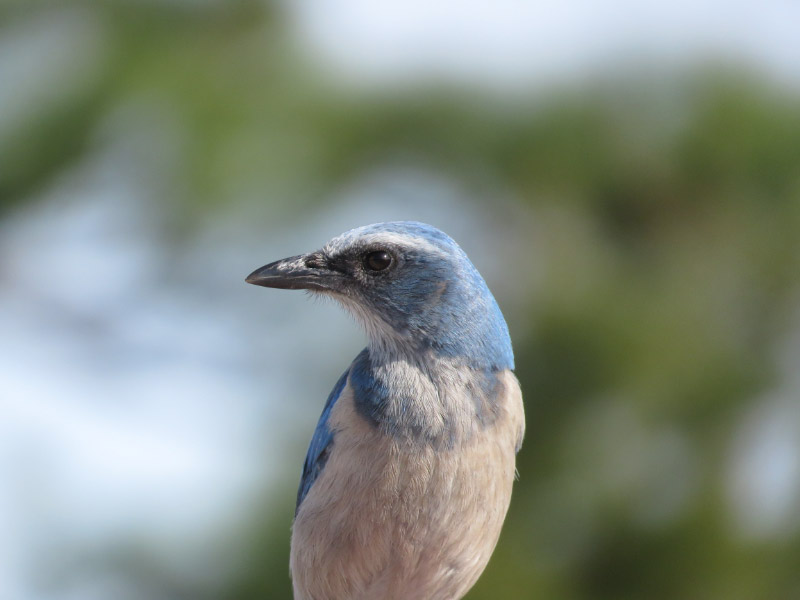The items below were ‘the cream’ of the articles and websites I found this past week. Click on the light green text to look at the article.
What if all roads went underground? – Thought provoking…wish there were ways to make it a more practical solution since the aesthetics of a world that has more natural surfaces (rather than roads) is very appealing.
Endangered Whopping Crane Hatches at Smithsonian National Zoo Site – The egg was found on an abandoned wild nest in Wisconsin and given to a pair of whooping cranes in the zoo that had produced 2 infertile eggs. The live egg was put into their nest on 5/18 and the baby crane hatched on 5/26!
BLM, Forest Service, Five Tribes of The Bears Ears Commission Commit to Historic Co-Management Of Bears Ears National Monument – Wishing the best for this endeavor.
Fifth of global food-related emissions due to transport – The takeaway message for us in the US: eat locally! This summer I am visiting the local Farmer’s Market weekly…maybe next year I’ll join a CSA.
Antarctica’s ‘Doomsday Glacier’ melting at fastest rate in 5,500 years – Thwaites Glacier (nicknamed the Doomsday Glacier…Florida-sized) and Pine Island Glacier were studied. The ice shelf holding the Thwaites Glacier could collapse withing 3-5 years.
Finding mini frogs: these aren’t babies, they’re just little – And they hatch as frogs…no tadpole stage. They live in leaf litter…humid and moist but not near water.
New safe-sleep guidelines aim to reduce infant deaths – New guidelines have been coming out from time to time at least since my daughter was born over 30 years ago. When she was a baby, the recommendation was for babies to sleep on their tummy…very different from these current guidelines.
2021 Share the Experience Photo Contest (National Park Foundation) Winners – Special places…full of great experiences.
Los Angeles becomes the latest city to hire ‘chief heat officer’ – Miami and Phoenix as well as cities in other countries (Athens, Greece; Freetown, Sierra Leone; Monterrey, Mexico; Santiago, Chile) have similar positions.
One in 500 men carry extra sex chromosome, putting them at higher risk of several common diseases – A surprising result…most of the men were unaware they carried an extra X or Y chromosome. Those that are XXY had higher chances of reproductive problems. Both XXY and XYY individuals has higher risks of type 2 diabetes, deep venous thrombosis, pulmonary embolism, and chronic obstructive pulmonary disease.

